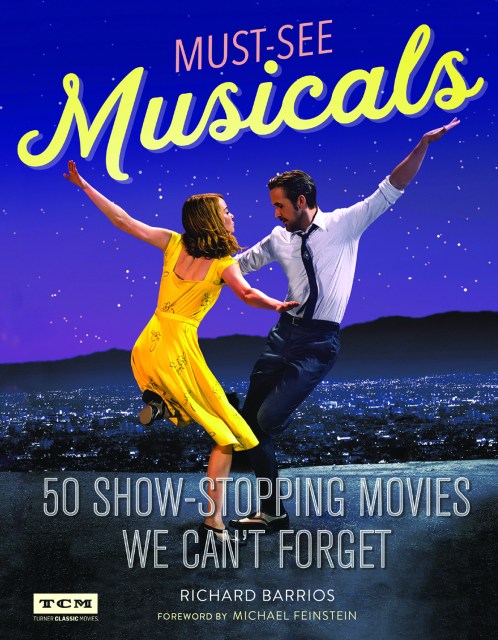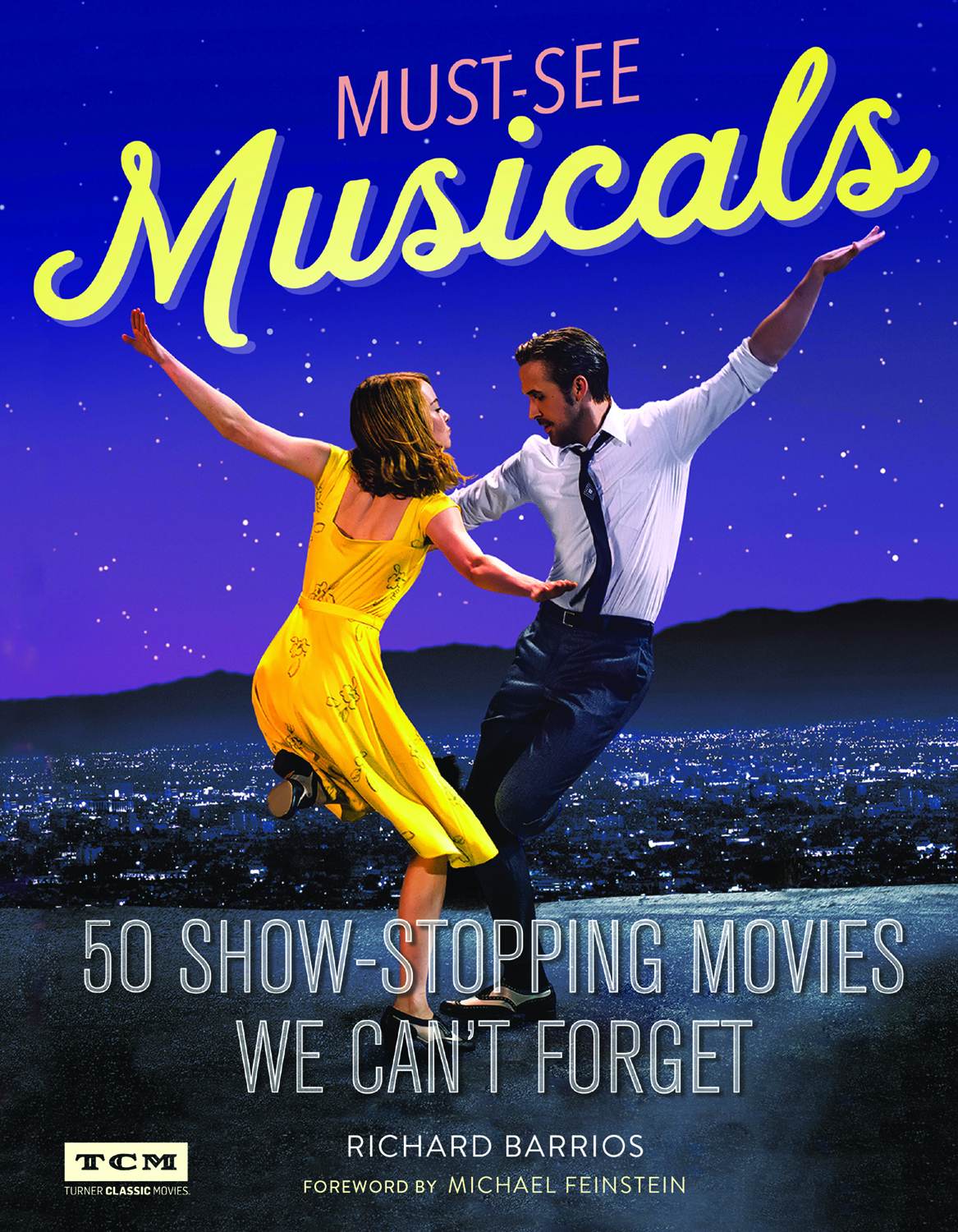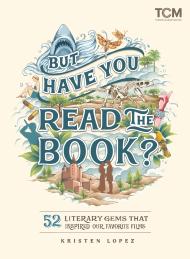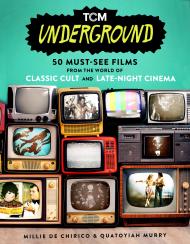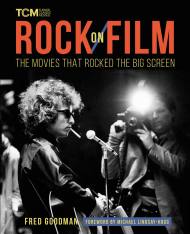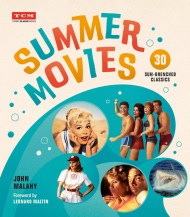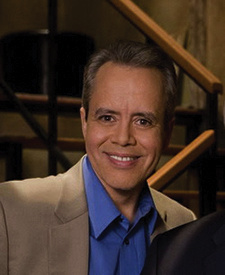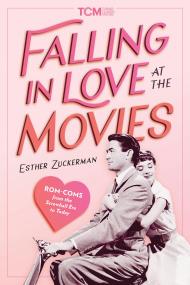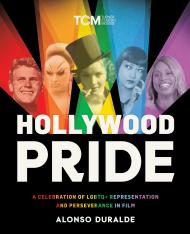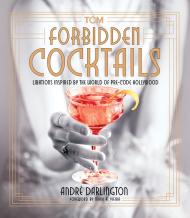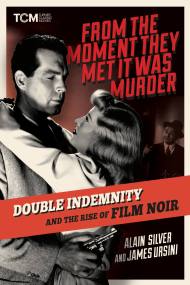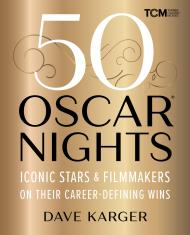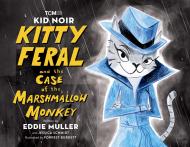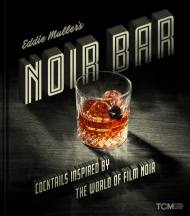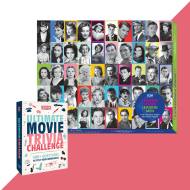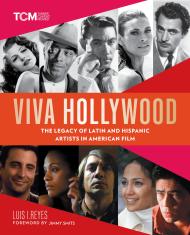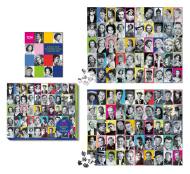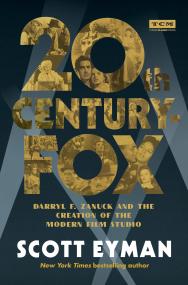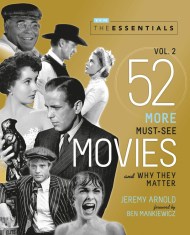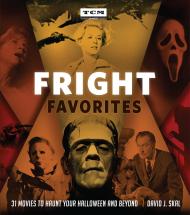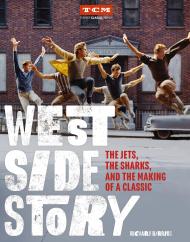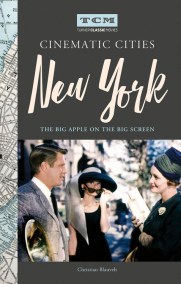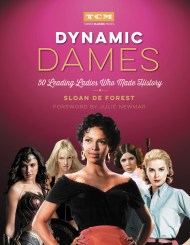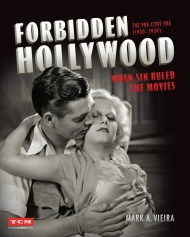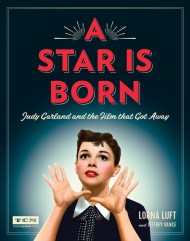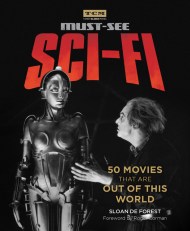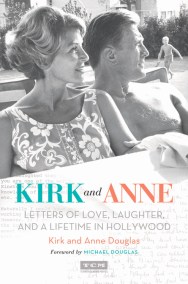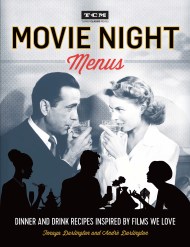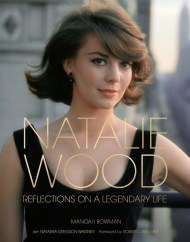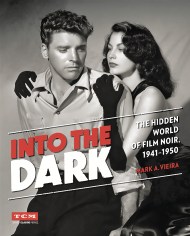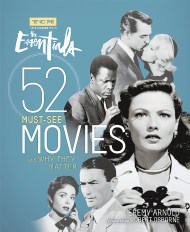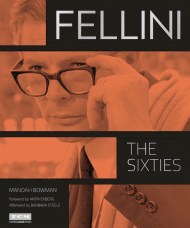Promotion
Use code MOM24 for 20% off site wide + free shipping over $45
Must-See Musicals
50 Show-Stopping Movies We Can't Forget
Contributors
Foreword by Michael Feinstein
By Turner Classic Movies
Formats and Prices
Price
$24.99Price
$32.49 CADFormat
Format:
- Trade Paperback $24.99 $32.49 CAD
- ebook $13.99 $16.99 CAD
This item is a preorder. Your payment method will be charged immediately, and the product is expected to ship on or around October 10, 2017. This date is subject to change due to shipping delays beyond our control.
Also available from:
Movie musicals have been a part of pop culture since films began to talk, over nine decades ago. From The Jazz Singer in 1927 all the way to La La Land in modern times, musicals have sung and danced over a vast amount of territory, thrilling audiences the entire time. More than any other type of entertainment, musicals transport us to marvelous places: a Technicolor land over the rainbow in The Wizard of Oz; a romantic ballroom where, in Top Hat, Fred Astaire and Ginger Rogers dance cheek to cheek; a London theater where the Beatles perform before hysterical crowds in A Hard Day’s Night; even to a seemingly alternate reality where eager throngs still throw rice as they watch The Rocky Horror Picture Show. These titles, and many more, show us that a great musical film is a timeless joy.
Covering fifty of the best spanning the dawn of sound to the high-def present, Turner Classic Movies: Must-See Musicals — written by renowned musical historian Richard Barrios-is filled with lush illustrations as well as enlightening commentary and entertaining “backstage” stories about every one of these unforgettable films.
Genre:
- On Sale
- Oct 10, 2017
- Page Count
- 264 pages
- Publisher
- Running Press
- ISBN-13
- 9780762463169
Newsletter Signup
By clicking ‘Sign Up,’ I acknowledge that I have read and agree to Hachette Book Group’s Privacy Policy and Terms of Use
